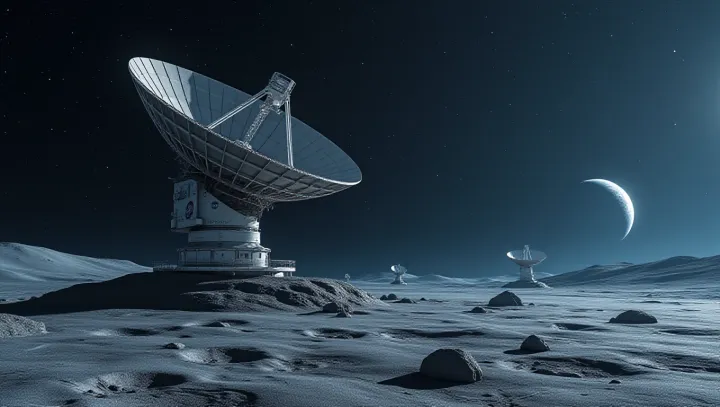Ideal Locations for Space-Based Radio Telescope Deployment

In the continuing quest to unlock the secrets of the universe, NASA is evaluating the potential of the Moon as an optimal site for radio telescope deployment. The agency's interest is piqued by the Moon's natural characteristics, offering a unique setting for undistorted radio observations. The far side of the Moon provides an unparalleled radio-quiet environment, effectively shielded from Earth's electromagnetic interference.
This makes it an attractive location for astronomers aiming to thoroughly explore cosmic phenomena, unobstructed by terrestrial noise. Michael Collins, a prominent NASA scientist, has emphasized the role of advanced technology in realizing such ambitious projects. 'The far side of the Moon is like a blank canvas for astronomers, allowing us to paint a new picture of the universe,' he remarked.
Installing a radio telescope in this extraterrestrial location would mark a significant leap in astronomical research. By capturing signals from deep space with enhanced clarity, scientists could potentially make groundbreaking discoveries that redefine our understanding of the cosmos. As technology escalates and ambitions rise, the strategic decision of where to place the next radio telescope becomes crucial.
The Moon's potential highlights the ongoing evolution in space exploration, paving the way for a deeper, more comprehensive understanding of the universe.
